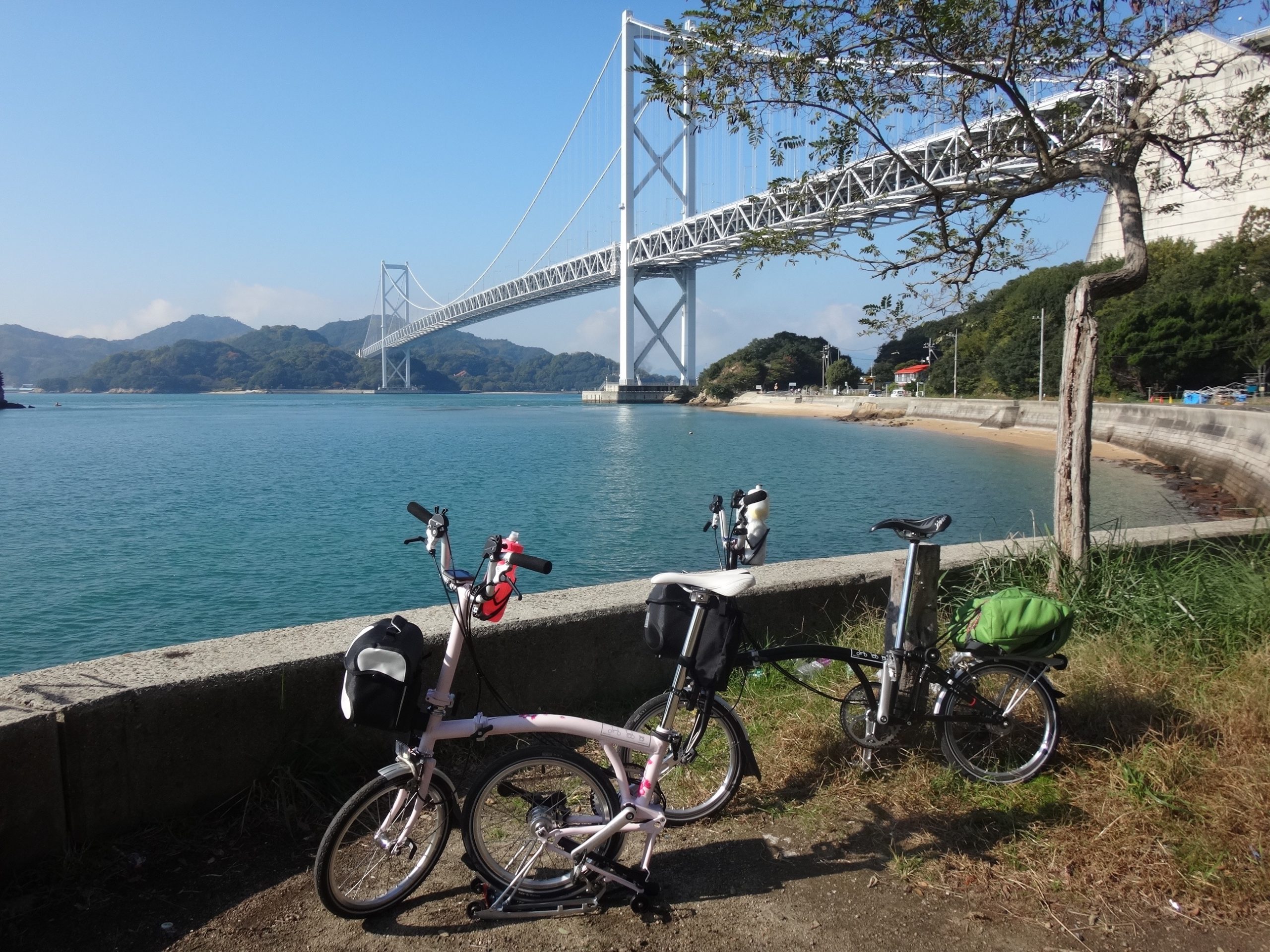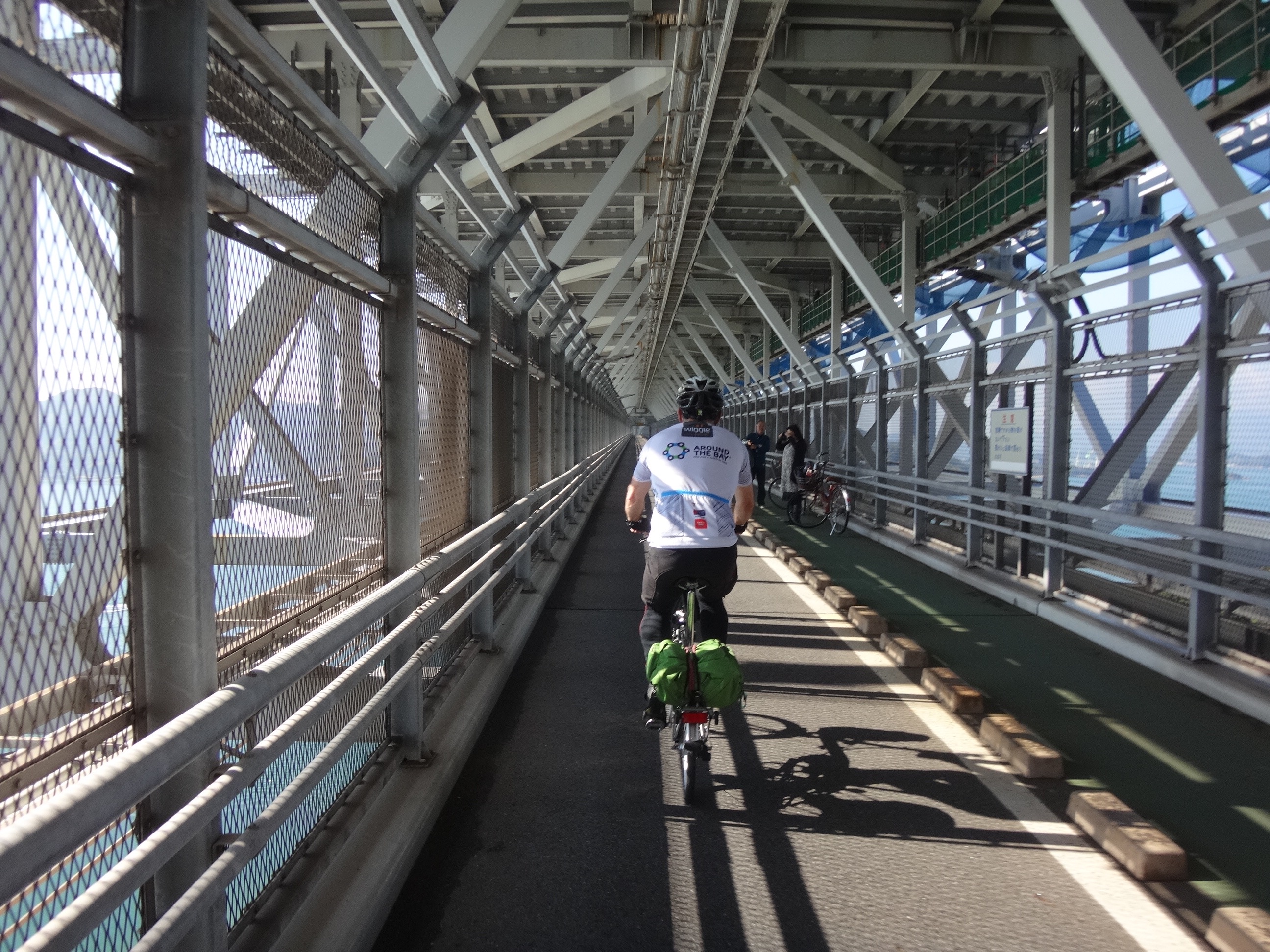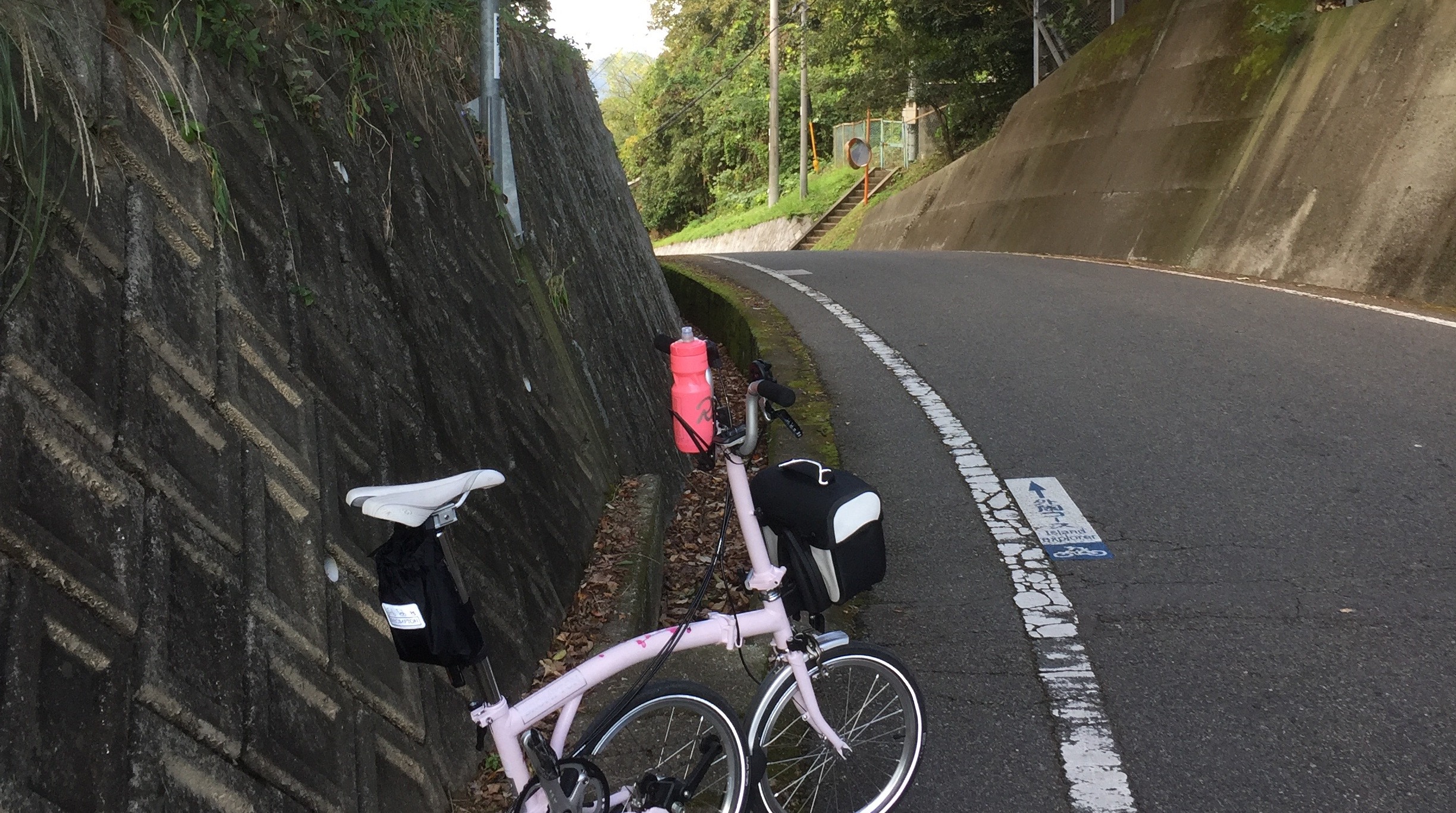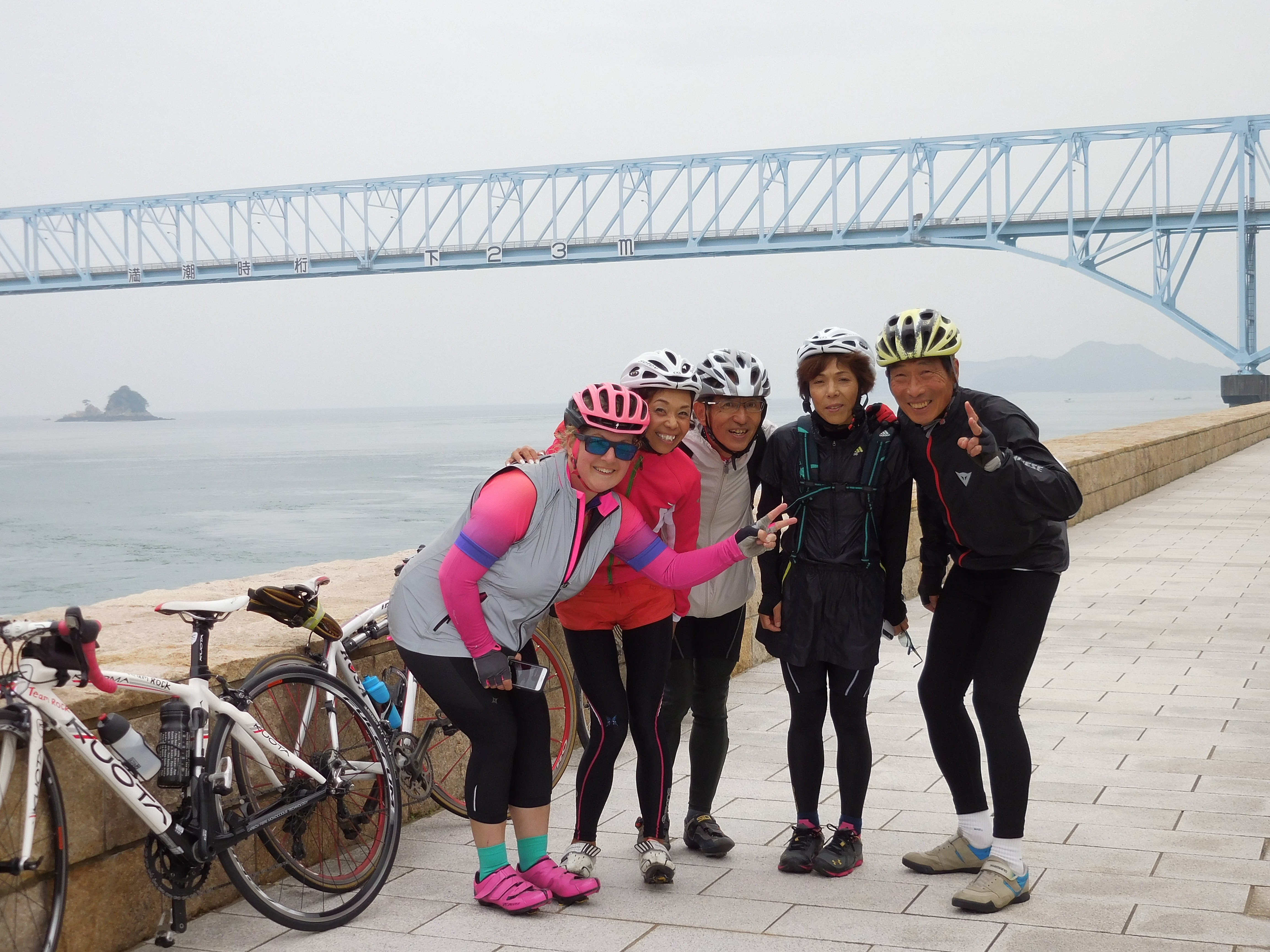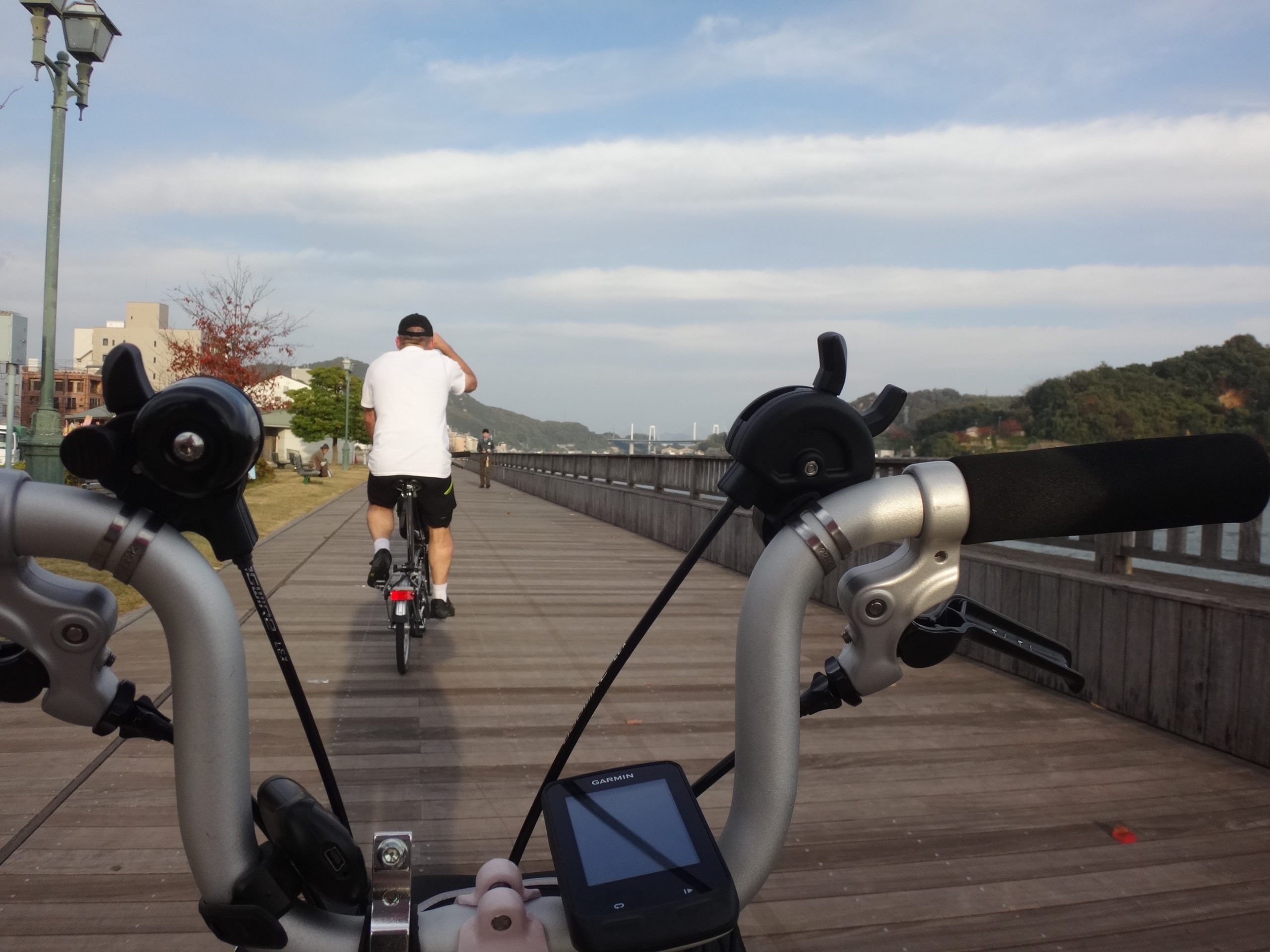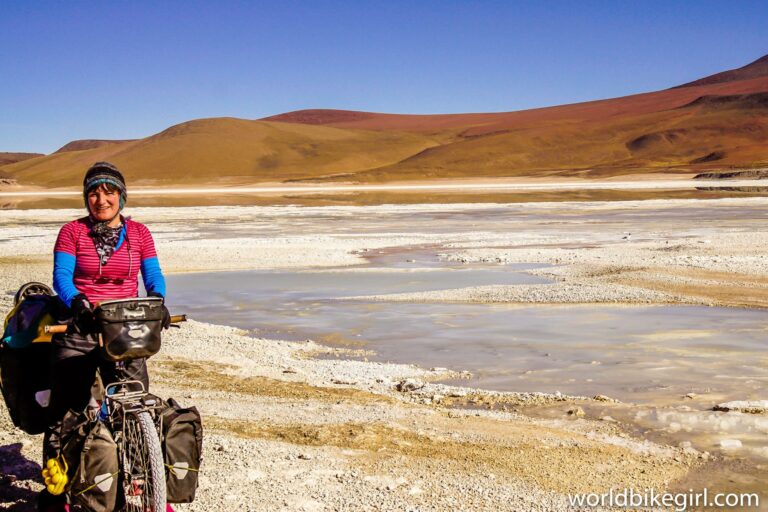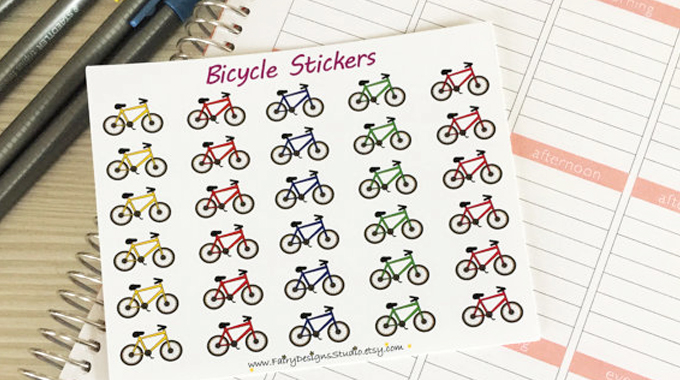Have you ever found yourself placing you and your bike riding in a box, never to cross over to another style or discipline? Have you ever looked on at a cyclist of another tribe, with disapproval?
Die hard road cyclist and creator of plus women’s clothing brand ‘Wheel Women’ (from sizes 6-24) Tina McCarthy put aside her preconceptions when she bought a folding bike to ride around Japan. Here’s what she learnt…
Can Anybody who Cycles Call Themselves a Cyclist?
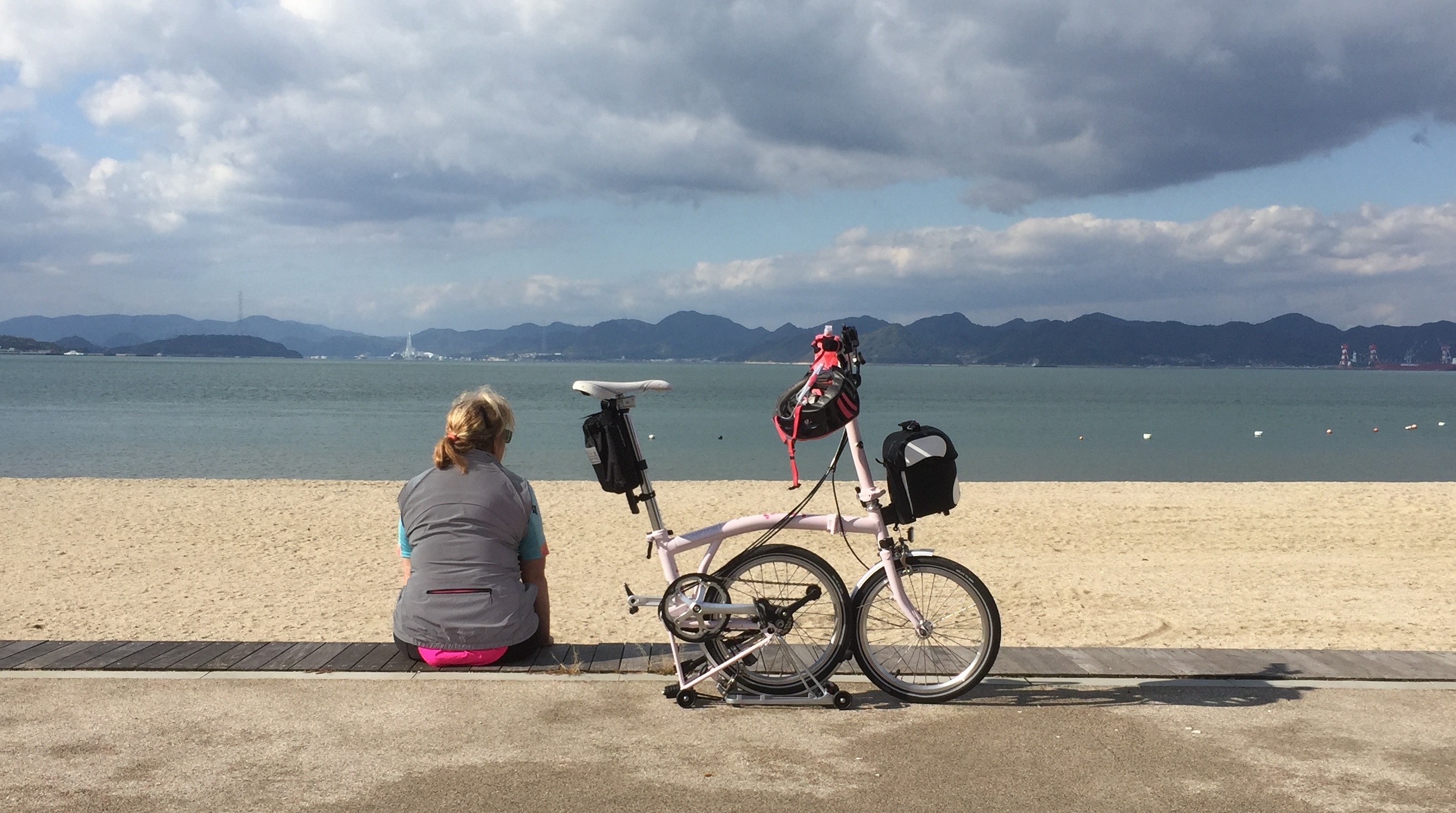
“What about taking some folding bikes,” he said.
“Well, if you do that you know I will divorce you…instantly. Like, don’t even think about it okay!” was my response.
“To this road rider, folding bike riders are a bit like train spotters.”
He wasn’t quite sure if I was serious or joking. Oh I was deadly serious. You see, to this road rider, folding bike riders are a bit like train spotters. They live in their own obsessed little world of obscure, mechanical nuances and multi-tasking improvisations. For me they have always seemed like the dull uncle who just wanted to talk to you about his very exciting 1953 hand made auto shirt-folder for hours on end when you were just twitching for that game of backyard cricket.
So when I slipped out of the store with a black folder for him and a cherry blossom pink for me, I did contemplate whether or not I should wait until dark so nobody would see me.
We were headed to Japan – in fact, this would be my fifth visit. I know how it works. Travelling in Japan with a bike comes with challenges. There are rules and regulations about carrying bikes and Japan is definitely a place where rules are followed. In Japan bikes need to be bagged up and covered when travelling on a train. Carrying a standard sized road bike, in my case my Specialized Ruby Expert with 700cc wheels and drop handlebars, means removing wheels, handlebars and fork before packaging into a bag for rail transport. Obviously this proves difficult and time consuming at both ends of the journey.
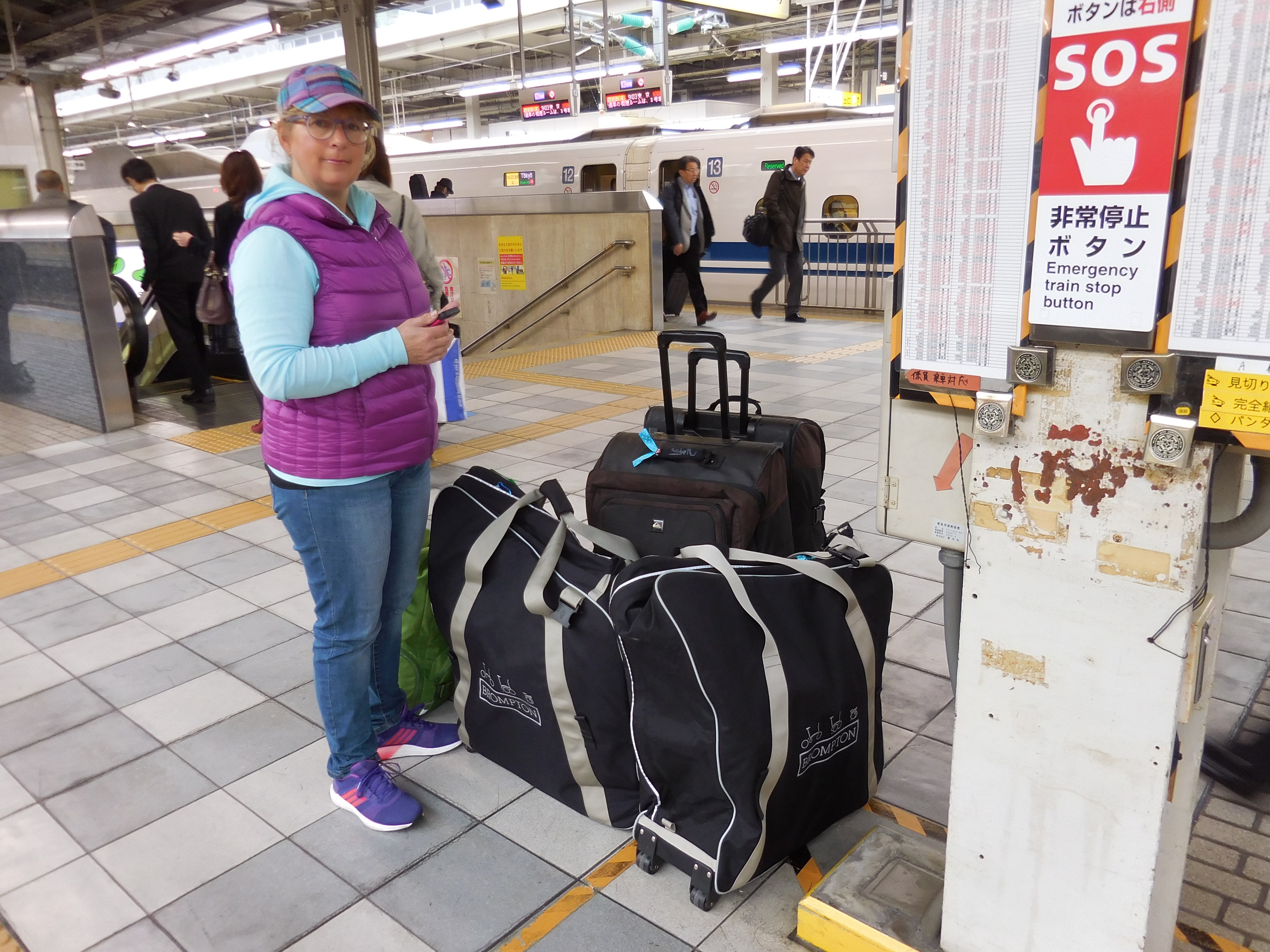
Our destinations included the Shimanami Kaido, Tobishima Kaido, the island of Shikoku and Osaka… the extremes of remote country to crazy city all in two weeks. So the folding bike was probably a pretty good idea. I just had to get over my pride. We are great at placing cyclists into pigeon holes – bearded recumbent blokes, fanatical folding bike fans, lycra louts on road bikes and the commuter army on their beaten up steeds. So the idea of riding what I’d always seen as a geeky kind of bike meant I had to place all those stereotypes aside and forget about my ill-informed opinions of who rode these little origami wonders.
Being precious about the way we ride and what we ride is a big mistake. After all, we are all cyclists aren’t we – two wheels, three wheels, one wheel. Our method of transport is human powered, has wheels and we all study the wind forecasts in every detail. Segregating ourselves into the pigeonholes that supposedly define us, it was a challenge to forget that we were ‘road riders’…no, this time we were CYCLISTS.
“I was reminded that being precious about the way we ride and what we ride is a big mistake. After all, we are all cyclists aren’t we?”


